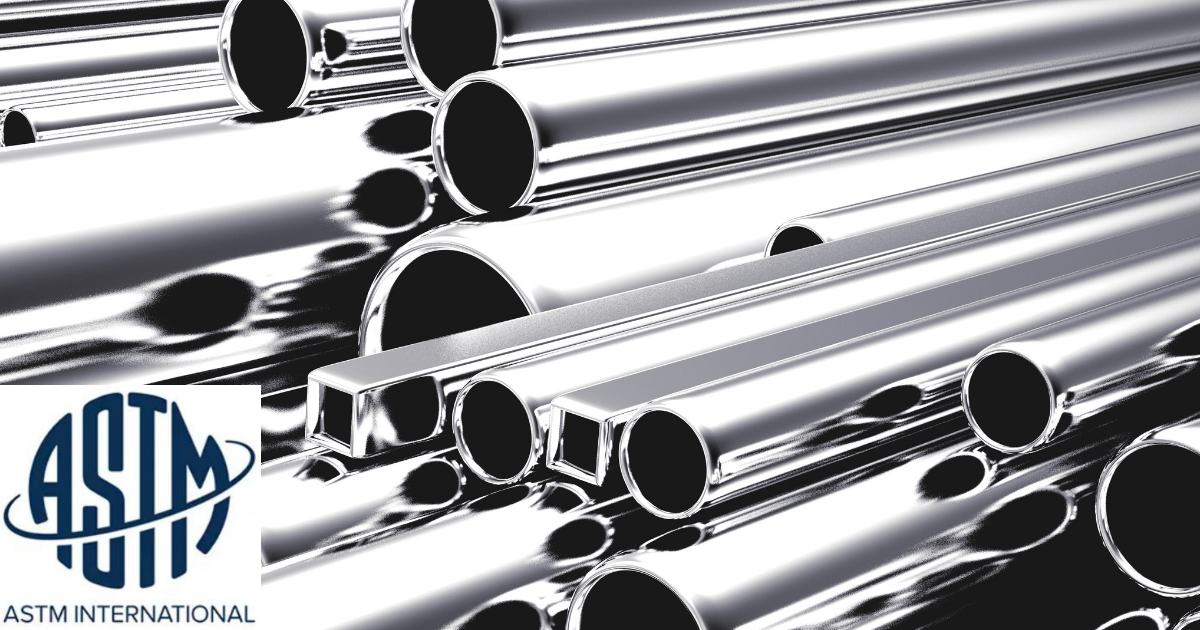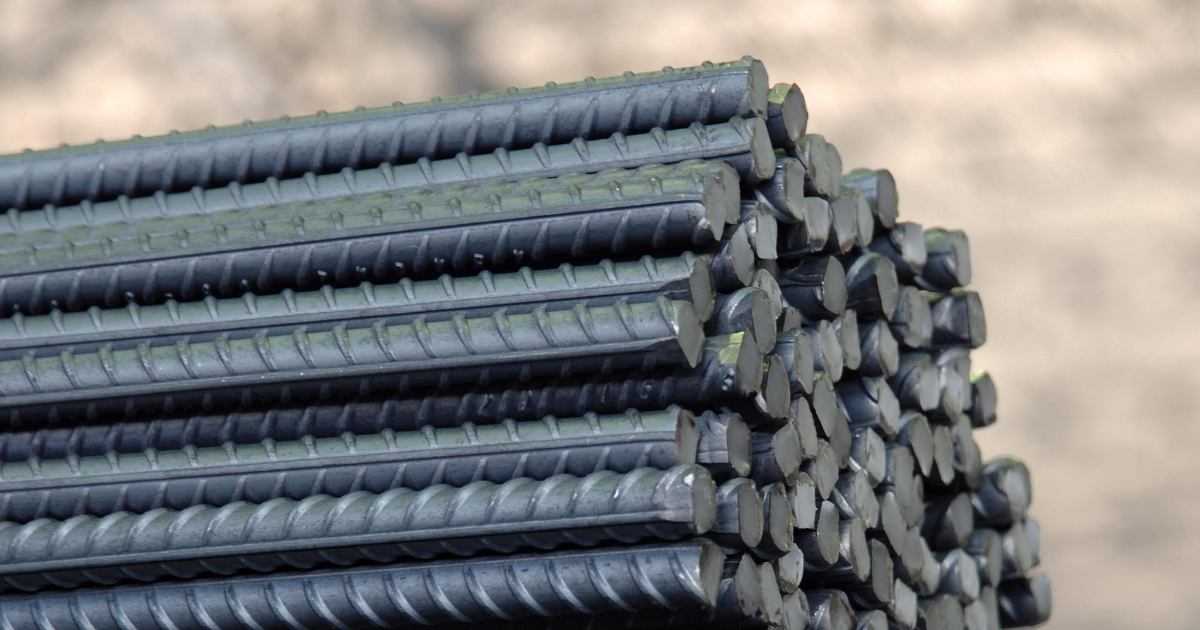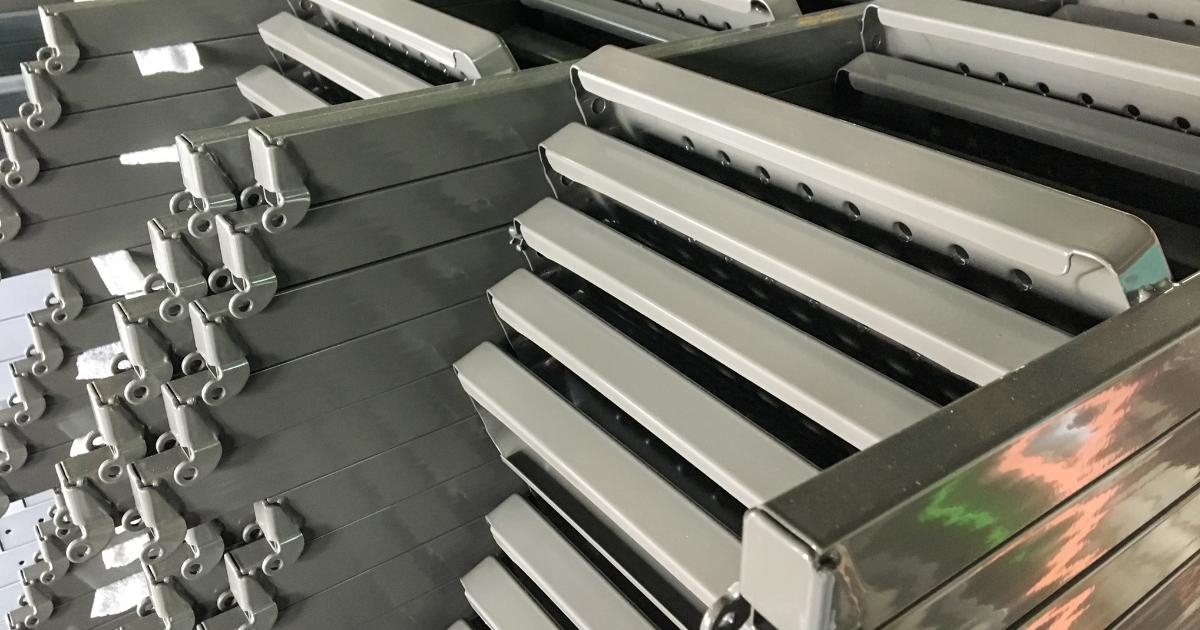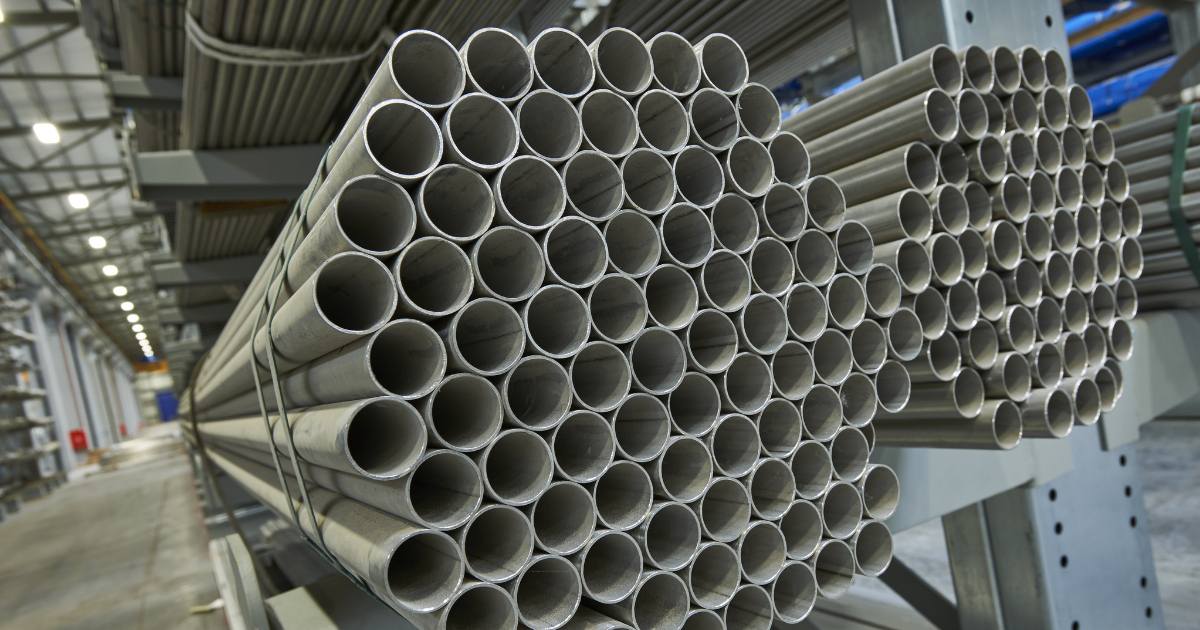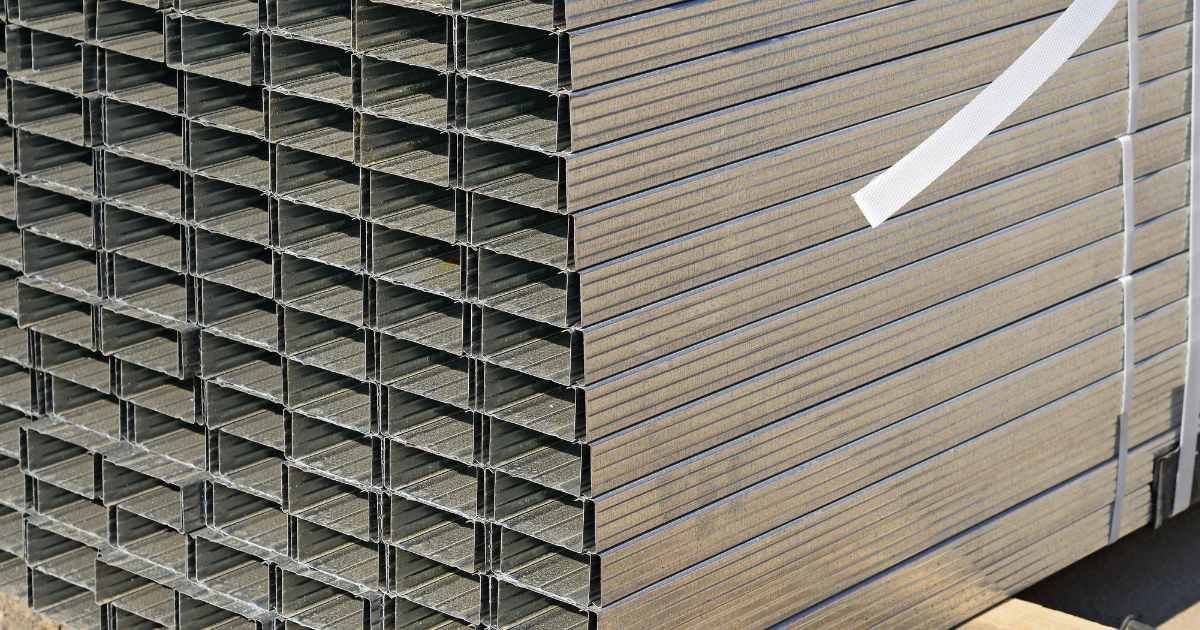Structural steel products form the foundation of various sectors, including construction, automotive, and infrastructure development. Its popularity stems from its strength, durability, and versatility. Structural steel often leads to cost-efficient projects with high structural integrity, making it a sought-after material.
Material Grade
Carbon Steel
Carbon steel is primarily composed of iron and carbon and is a popular choice for structural applications due to its high strength and affordability.
Pros and Cons:
Pros: High tensile strength, widely available, and generally cheaper than other types.
Cons: Less resistant to corrosion and might need additional surface treatments.
Common Use Cases: Used in building frames, car bodies, and basic structural applications.
Alloy Steel
Alloy steel contains additional elements like chromium, molybdenum, or nickel that improve its mechanical properties.
Pros and Cons:
Pros: Improved strength, hardness, and wear resistance compared to carbon steel.
Cons: Generally more expensive and may be over-engineered for simple projects.
Common Use Cases: Suitable for high-stress applications like bridges, power generation equipment, and advanced machinery.
Stainless Steel
This type of steel contains chromium, giving it excellent corrosion resistance.
Pros and Cons:
Pros: High corrosion resistance, aesthetic appeal, and excellent for sanitary applications.
Cons: More expensive than carbon steel and generally less strong.
Common Use Cases: Employed in chemical plants, food processing units, and architectural features.
Material Grade Comparison
Decision Parameters: When selecting a material grade, one should assess the structural needs, environmental conditions, and budget constraints of the Project.
Performance Indicators: Factors like tensile strength, yield strength, and flexibility can be performance indicators for selecting a suitable material grade.
Expert Tips: Consulting with material scientists or structural engineers can provide valuable insights into the most appropriate material for a specific application.
Quality Certification and Standards
ASTM Standards on Structural Steel Products
American Society for Testing and Materials, or ASTM, sets industry-wide standards for materials, including structural steel. These standards address chemical composition, mechanical properties, and manufacturing processes.
Complying with ASTM standards ensures that the steel meets the requirements for quality and safety. Compliance is often a prerequisite for projects, especially in regulated industries like construction and aerospace.
ISO Certification
The International Organization for Standardization (ISO) provides recognized certifications for various products and materials, including steel.
ISO certification indicates that the steel has met international quality benchmarks, making it suitable for projects that span different countries or must follow global standards.
Custom Standards
Custom standards might be developed for specialized projects or applications with unique requirements not covered by existing standards. Military projects, specialized research facilities, or unique architectural designs may require custom standards.
Regional and National Standards
Countries or regions may have their standards, which could be adaptations of international standards or independently developed guidelines. Examples are European EN standards and Japanese JIS standards.
Local or national standards may be mandatory for projects within specific jurisdictions, and checking for Compliance when sourcing structural steel is advisable.
Documentation and Verification
Often accompanies the product to certify that it meets the claimed standards. Independent entities may be hired to verify that the structural steel complies with all required standards.
Legal Implications
Failure to comply with quality certifications and standards can lead to legal consequences, including fines and project delays. Contracts often specify the quality standards to be met, and not complying with these could be a breach of contract.
Mechanical Properties
Tensile Strength
Tensile strength indicates how well a material can resist being pulled apart. It is an important factor in applications where materials will undergo tensile pressures. Usually measured in megapascals (MPa) or pounds per square inch (psi). For example, tensile strength is a key parameter in skyscraper construction, where steel has to support huge vertical loads.
Yield Strength
Yield strength defines the maximum stress that can be applied to the steel before it deforms permanently. In construction, this is especially important for ensuring structural integrity. It’s usually measured in megapascals (MPa) or pounds per square inch (psi). Bridges, for instance, require steel with high yield strength to endure dynamic loads like heavy traffic and wind forces without deforming.
Hardness
Hardness measures the resistance to deformation and is usually quantified using scales like the Rockwell or Brinell hardness scales. A higher hardness often indicates better wear resistance, which can be advantageous in applications like machinery components. In industrial machinery, harder steel can provide a longer lifespan for components like gears or shafts.
Ductility
Ductility describes how much a material can deform under tensile stress before breaking. Higher ductility can absorb more energy during deformation, making it valuable in earthquake-prone regions. Buildings in seismic zones often use steel with higher ductility to withstand the forces of an earthquake.
Fatigue Strength
Fatigue strength is the maximum stress a material can endure for several cycles without breaking. This property is particularly relevant in structures that experience repeated loading and unloading, like bridges or aircraft. For example, the steel used in aircraft landing gears needs high fatigue strength to endure repeated landings.
Weldability
Weldability refers to how well the material can be joined through welding without compromising its properties. Poor weldability can introduce weak points in the structure, compromising its integrity. High weldability can simplify construction and improve final quality in large projects where pieces are often welded on-site.
Dimensional Tolerances
Thickness
The thickness of structural steel directly affects its ability to withstand loads and stresses. Insufficient thickness can result in structural failure or a shorter material lifespan. Industry standards often define a narrow range of acceptable thicknesses. Going beyond these tolerances can compromise the structural integrity. Regular inspections using calipers or ultrasonic thickness gauges can help ensure the material falls within acceptable tolerances.
Length and Width
Exact dimensions in length and width are often necessary in construction planning, where every inch can matter. Any changes can affect everything from fit to the ability to make secure connections. Just like thickness, the length and width of structural steel are regulated by industry standards. Not following these can result in ill-fitting components, leading to project delays. Ruler tapes, laser distance measurers, and even traditional yardsticks can be used depending on the required level of accuracy.
Weight
The weight of the structural steel plays a big role in transportation costs. Exceeding weight tolerances might require specialized transportation methods, which can be costly. Weight directly impacts the ease of assembly. Heavier pieces might need more advanced lifting equipment or labor, increasing the project’s complexity and cost. Weighing scales with high precision are generally used to ensure the material falls within the specified weight tolerances.
Surface Treatment and Coatings
Galvanization
Benefits
Corrosion Resistance: Galvanized steel is more corrosion-resistant, making it suitable for outdoor structures.
Longevity: The coating can extend the life of the steel, resulting in lower maintenance costs over time.
Ease of Use: Galvanized steel typically doesn’t require additional painting or treatments, reducing labor costs.
Drawbacks
Cost: The process can be expensive, especially for large-scale projects.
Limited Bonding: Paints and adhesives may not apply well to galvanized surfaces.
Environmental Concerns: Chemicals like zinc can make the galvanizing process less environmentally friendly.
Painting
Types
Epoxy Paints: They are known for their durability and chemical resistance and are commonly used in industrial settings.
Polyurethane Paints: Offer excellent weather resistance and are often used for outdoor structures.
Acrylic Paints: Provide a good balance between cost and performance, suitable for less demanding applications.
Uses
Aesthetic Purposes: Painting allows for a wide range of colors and finishes.
Additional Protection: Some types of paint can offer extra resistance to corrosion or chemical damage.
Identification: Different colors are used to identify pipes or structural elements for safety or organizational purposes.
Oxide Layers
When to Use
Natural Oxidation: In some environments, allowing steel to oxidize naturally creates a protective layer that can be both functional and aesthetically appealing.
High-Temperature Conditions: Oxide layers can resist oxidation at elevated temperatures, making them suitable for certain industrial applications.
Architectural Appeal: The rusted appearance of oxidized steel can be desirable in specific architectural or design contexts.
Availability and Lead Time
Stock Products
Pros
Quick Availability: Stock products are typically ready for immediate shipment, reducing lead time.
Lower Costs: Because they are mass-produced, stock products often come at a lower price point.
Ease of Replacement: If additional pieces are required, it’s generally easier to quickly source more of the same item.
Cons
Limited Customization: Stock products may not meet specialized requirements for unique projects.
Overstock Risks: You might need to purchase more material than needed if the products are only available in standard bulk quantities.
Custom Orders
Timeline
Initial Planning: Custom orders require an initial planning and design phase, adding to lead time.
Production Time: Depending on the complexity, this could range from weeks to months.
Quality Checks: Custom orders often undergo more rigorous quality control, extending lead times.
Costs
Design and Planning Fees: Customization requires specialized planning, which can be costly.
Production Costs: Small-batch production is typically more expensive per unit.
Quality Control Costs: Rigorous testing may incur additional expenses.
Vendor Reliability
Past Performance: A track record of on-time deliveries can indicate a reliable vendor.
Communication: Prompt and clear communication throughout the order process can be a good sign.
Financial Stability: A vendor’s financial standing indicates its ability to fulfill orders consistently.
Third-Party Audits: Some may opt for external audits or checks to ensure vendor reliability.
Environmental Factors
Corrosion Resistance
Climate and Location
Coastal Areas: Saltwater can accelerate the corrosion process, requiring materials with higher corrosion resistance.
High Humidity: Moist environments also increase corrosion risk and may necessitate special coatings or treatments.
Industrial Zones: The presence of chemicals or pollutants in the air can affect the durability of structural steel, requiring enhanced corrosion resistance.
Recyclability
Sustainability Concerns
Eco-Friendly: Steel is highly recyclable, reducing the overall carbon footprint of a construction project.
LEED Certification: Using recycled steel can contribute to LEED certification for green building.
Resource Conservation: Opting for recyclable materials can reduce the demand for new resources, which is beneficial from a sustainability standpoint.
Financial Considerations
Pricing
Supply and Demand: Changes can influence steel prices.
Raw Material Costs: The cost of iron ore and other raw materials can impact the price of steel.
Economic Indicators: Macroeconomic factors like inflation and interest rates can also affect pricing.
Bulk Discounts
Volume Requirements: Some suppliers offer discounts based on volume. Make sure to inquire about thresholds for these discounts.
Strategic Sourcing: Collaborate with other departments or organizations to consolidate purchases and use volume-based discounts.
Timing: Off-season or end-of-quarter periods might offer additional opportunities for discounts due to inventory clearance.
Hidden Costs
Freight Costs: The price of steel often does not include shipping costs, which can greatly increase the overall expenditure.
Import Taxes and Duties: If sourcing from another country, be aware of import taxes or customs duties.
Storage Fees: If immediate use is unplanned, storage costs should be factored into the overall financial planning.
Supplier Reputation For Structural Steel Products
Customer Reviews
Diverse Sources: Obtain reviews from various platforms, trade journals, and forums for a well-rounded perspective.
Detail-Oriented Feedback: Focus on reviews that provide specific insights into the steel’s quality and customer service.
Recency: Prioritize recent reviews as they more accurately reflect the current state of the supplier’s operations.
Industry Experience
Track Record: A supplier with a long history in the industry is often more reliable and has established quality control procedures.
Certifications: Look for industry-relevant certifications that indicate a commitment to quality.
Referrals: Companies with extensive experience often come recommended by other industry professionals.
Transparency
Open Dialogue: A reputable supplier should be willing to answer any questions and address concerns promptly.
Documentation: The availability of Compliance certificates, test reports, and other data is a sign of a transparent and reliable supplier.
Accountability: Transparent suppliers are more likely to take responsibility for any issues and offer solutions.
Successful Structural Steel Product Purchase
Comprehensive Research: A thorough understanding of material grade, dimensional tolerances, and surface treatments is critical.
Budgeting and Financial Planning: To avoid budget overruns, factor in all potential costs, including hidden fees like transportation or storage.
Environmental Responsibility: Choose materials that align with sustainability goals whenever possible.
Vendor Due Diligence: Take the time to assess the reliability and reputation of your supplier.
Consult Industry Experts: Consulting with engineers or material scientists can offer invaluable insights for complex projects.
Use Reputable Sourcing Platforms: Websites and trade journals often list verified suppliers and provide user reviews.
Project Management Software: Utilizing specialized software can help track expenses, timelines, and order statuses for better project management.
You can make a well-informed decision for your structural steel purchase by systematically assessing factors like material properties, costs, supplier reputation, and environmental considerations. The more you know, the better you can negotiate and make choices that align with your project goals and budget. A multi-pronged approach that considers all these aspects is the key to successfully acquiring structural steel products.
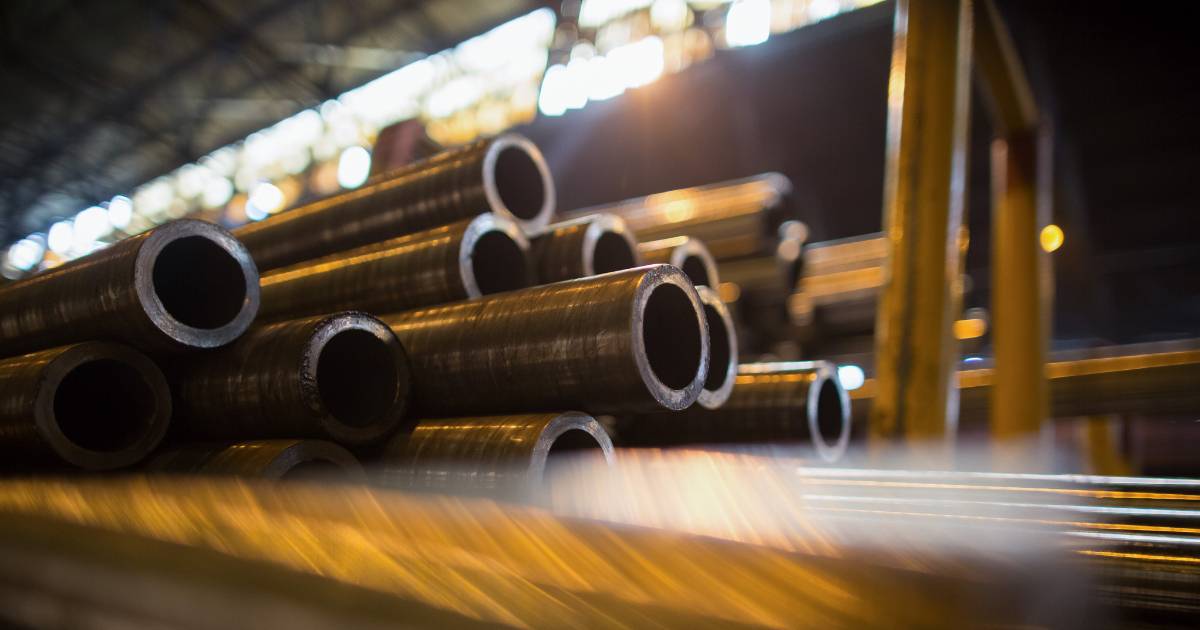
Frequently Asked Questions
How Do I Determine the Steel Grade Best Suited for My Project?
Consider your Project’s specific load-bearing requirements, environmental conditions, and overall design. Consulting with a structural engineer is highly advisable for tailored guidance.
What are Dimensional Tolerances, and Why Are They Important?
Dimensional tolerances refer to the allowable variations in dimensions like thickness, length, and weight. These variations can impact structural integrity, project planning, and costs.
Are Bulk Discounts Always More Economical?
Not necessarily. While bulk discounts can offer cost benefits, they may also result in overstock or storage costs. Evaluate your Project’s precise needs before opting for bulk purchases.
How Can I Be Sure a Supplier is Reliable?
Look for customer reviews, check for industry certifications, and assess the supplier’s transparency and communication. For additional assurance, you can also request references from the supplier.
Further Readings
Architecturally Expressive Structural Steel and Stainless Steel
Reuse of structural steel: the opportunities and challenges


